What does decarbonizing mining look like?
We know reducing carbon emissions is important—but how are mine sites around the world taking steps to shrink their carbon footprint?
Let's take action
With ambitious 2050 decarbonization goals, many companies have 2030 target marks to see if they’re on track. What are companies doing now to ready the critical minerals needed for the energy transition, reduce carbon emissions, replace conventional energy sources, and remove carbon from the atmosphere?
Ready minerals
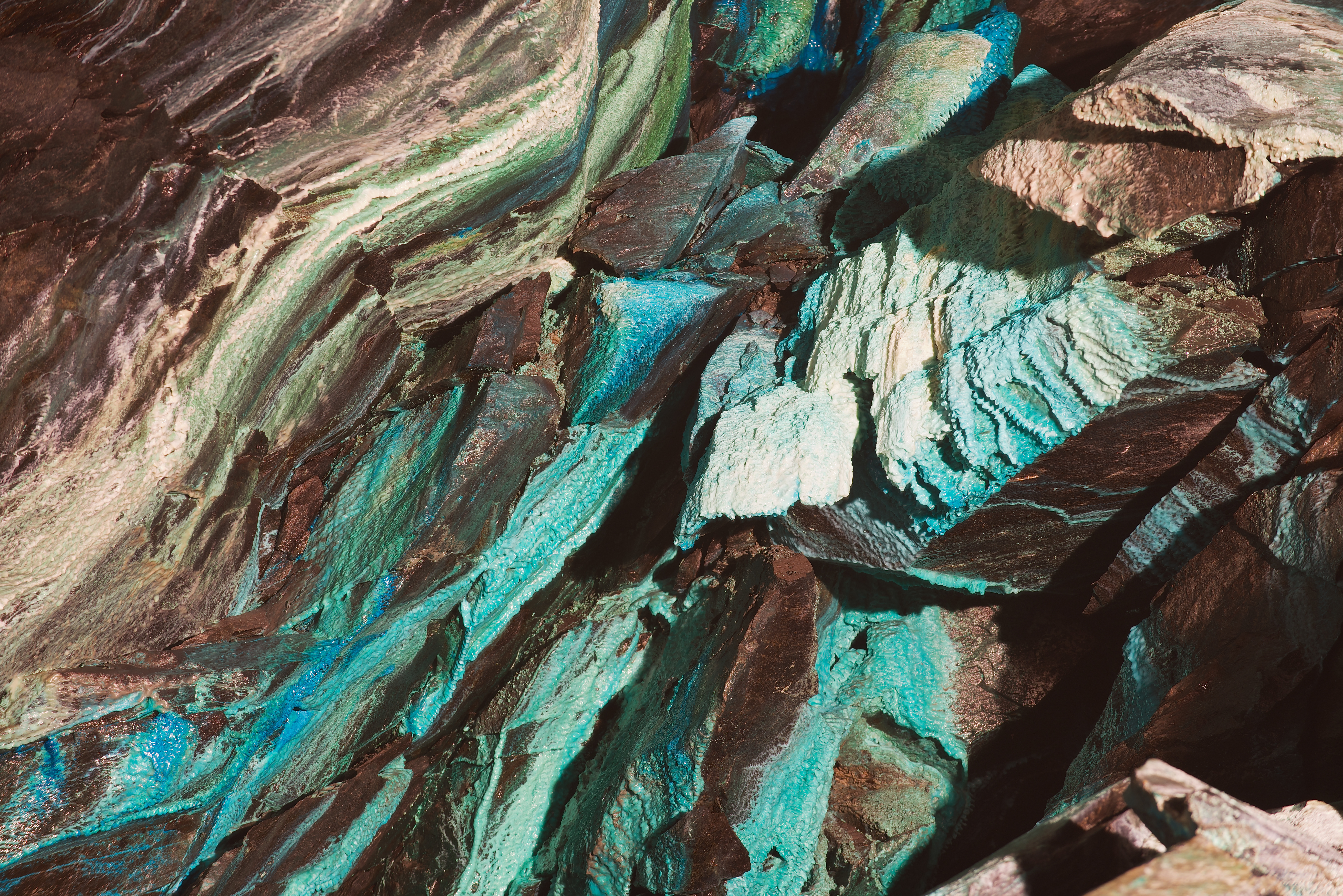
Connect with our mining decarbonization lead today.
Contact
Get Started
2022
1924
3.69 billion tonnes
35 billion tonnes
Annual World CO2 Emissions
SOURCE: OUR WORLD IN DATA

Our transition away from fossil fuels can’t happen without mining. The mining industry produces the raw materials and critical minerals that we need to build solar panels, electric cars, and wind turbines.
High Purity Alumina Definitive Feasibility Study


Alumina is used to produce lithium-ion batteries and scratch-resistant glass. This demonstration plant processes 20 kg (44 lb) batches at a time.
Australia
Mineral Type: Alumina



Learn More
Mineral Type: Nickel
Nickel is required to create stainless steel and lithium-ion batteries that power electric vehicles. Deemed a critical mineral, it is crucial to the energy transition.
Nickel Rim South
Canada



Learn More


Learn More
Mineral Type: Gold
Made recommendations to reduce greenhouse gas emissions, including energy efficiency and decarbonization of the energy used.
Gold Mine Greenhouse Gas Inventory��
Ghana

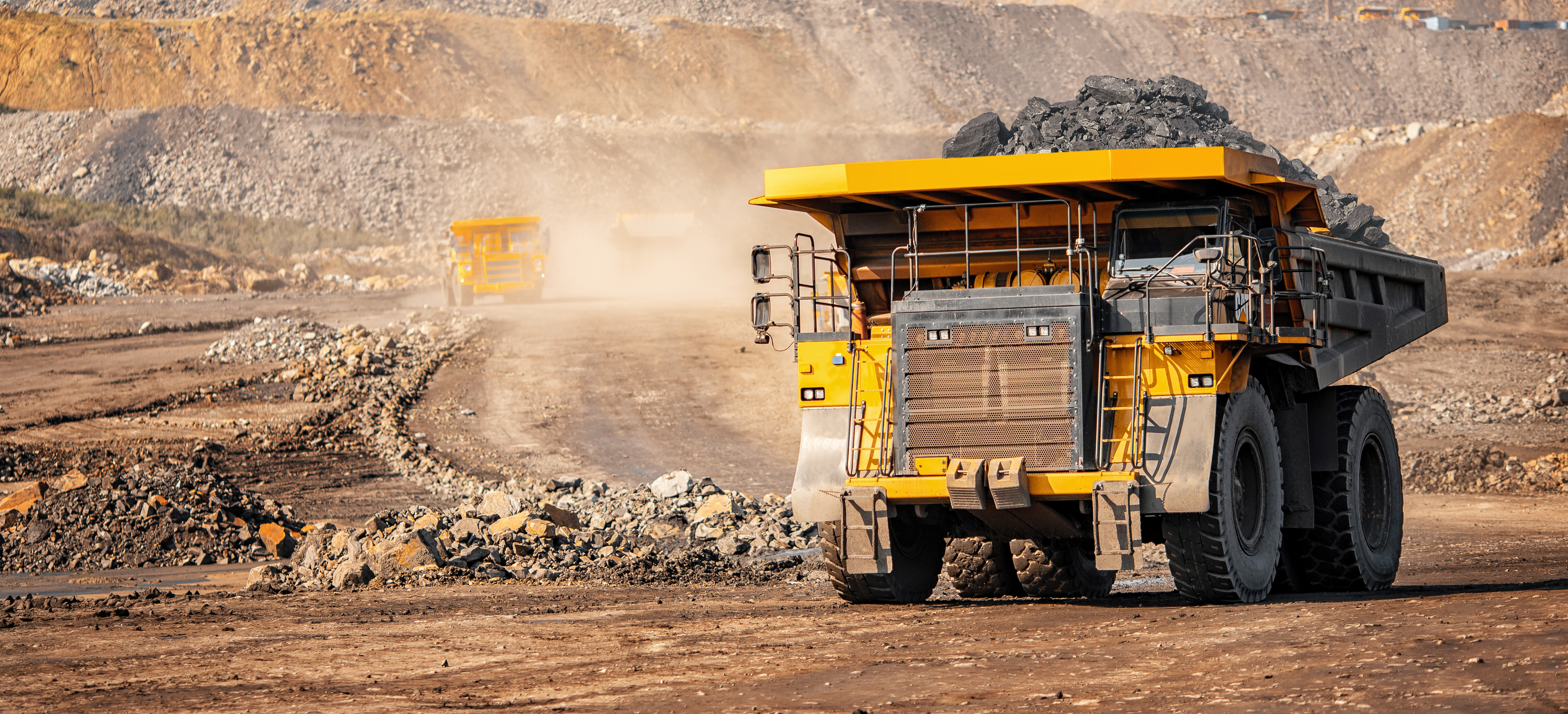

Learn More
Mineral Type: Coal
Reviewed, assessed, and made recommendations to reduce and provide mitigation approaches for greenhouse gas emissions.
Coal Mine Operator Natural Gas and Carbon Dioxide Recovery
Canada

There are lots of ways mine sites can reduce the amount of energy used on a site. A few examples are: utilize conveyor belts underground instead of vehicles, improve ventilation so air flows with less energy required to move it, and use Smart infrastructure–real-time control of systems (loT).
Reduce emissions


Learn More
Mineral Type: N/A
Evaluating automated HEV options on the road to safer, cleaner mines.��
Automated Heavy Electric Vehicle (HEV) Prefeasibility Study
United States

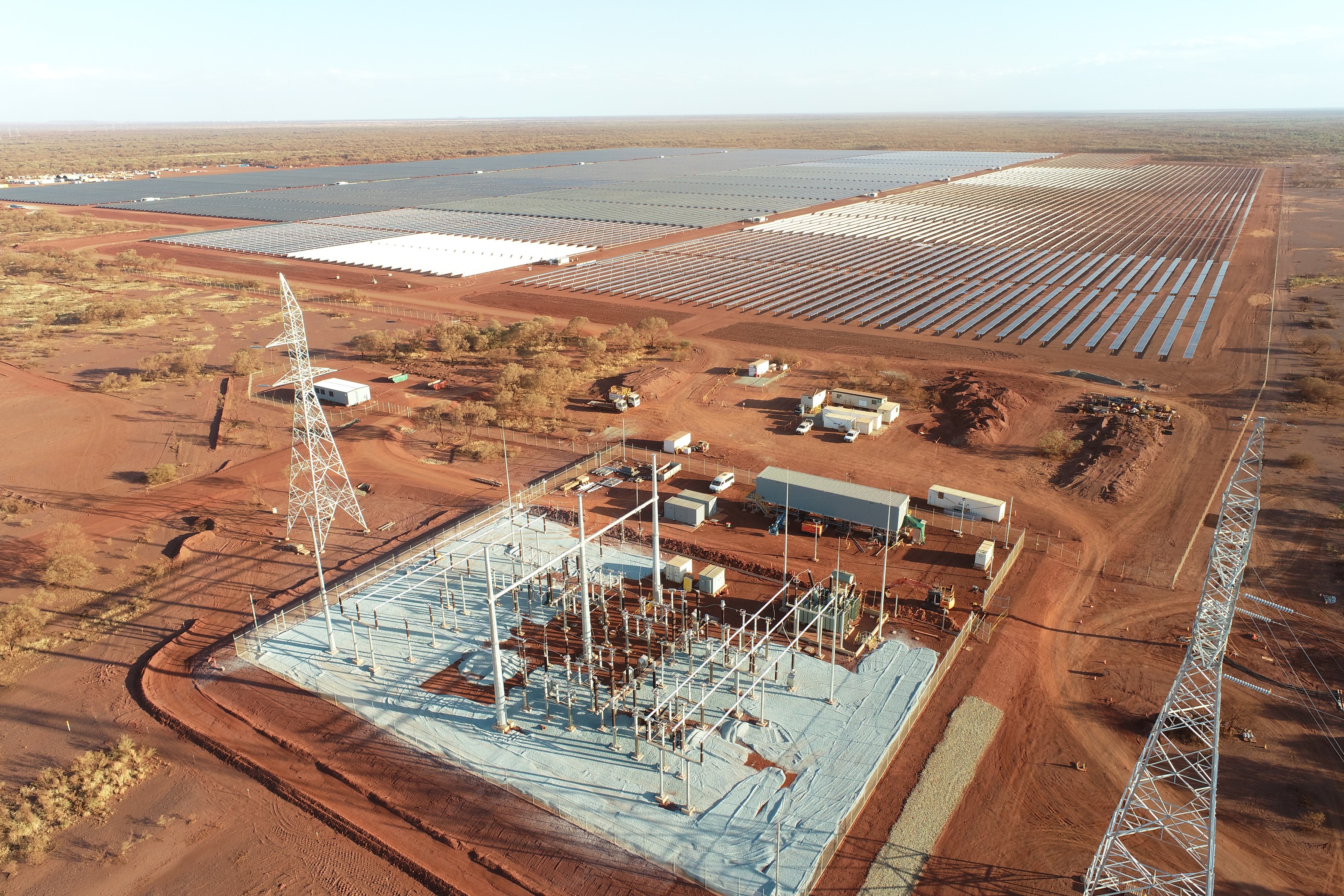

Learn More
Mineral Type: Iron
Reducing carbon emissions at two blue-chip iron ore mines with the delivery of gas-fired and solar-generated power.
Chichester Solar Gas Hybrid Project
Australia

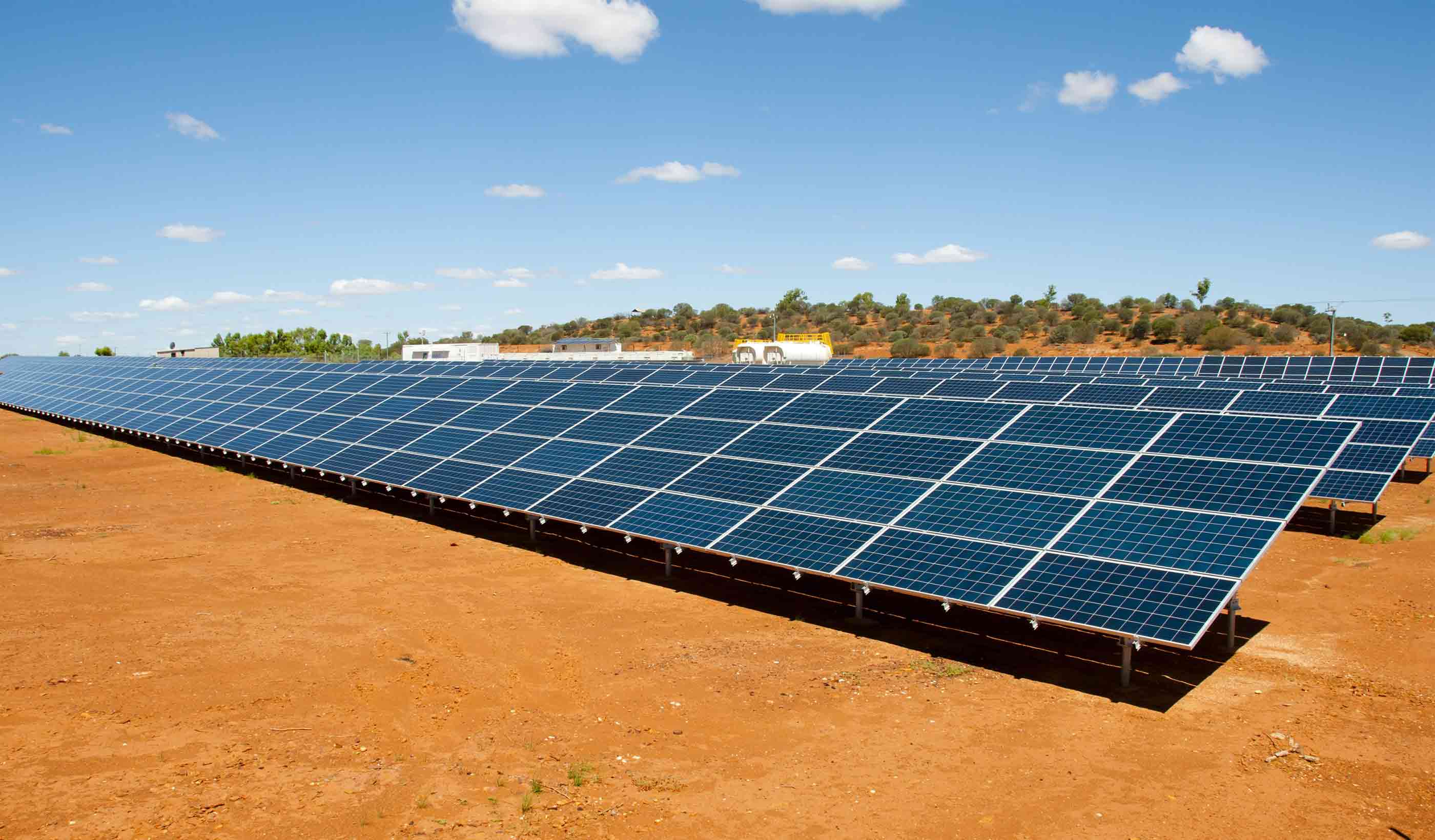

Learn More
Mineral Type: Nickel
The development and execution of two solar farms and a battery energy storage system, delivering lower-carbon, sustainable nickel.�
The Northern Goldfields Solar Project�
Australia

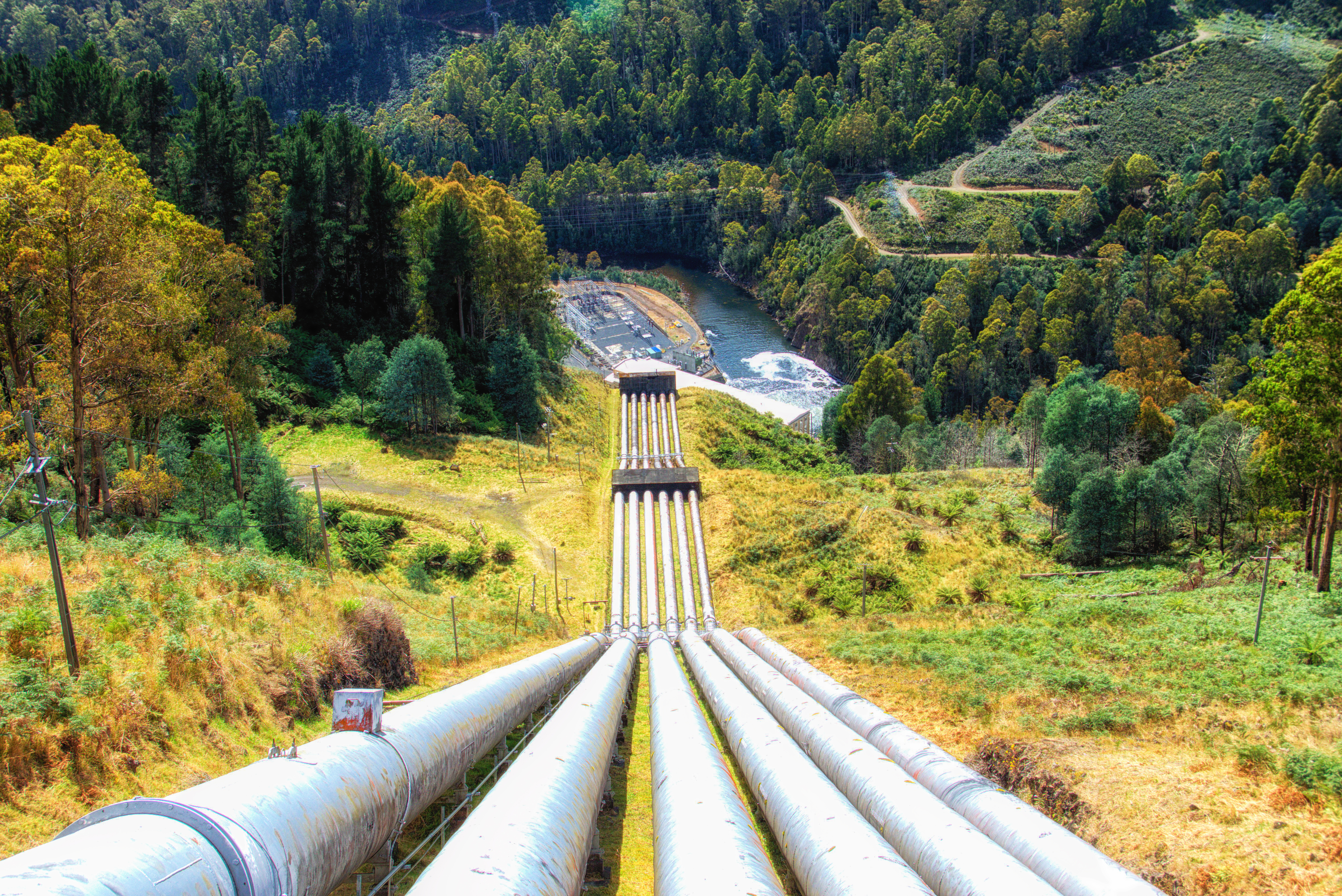

Learn More
Mineral Type: Gold
Exploring pumped hydro energy storage for the end of mine lifecycle and the opportunity to restore the area to a safe, stable, and self-sustaining condition.
Mt Rawdon Pumped Hydro Energy Storage
Australia

One way to reduce carbon emissions is to replace conventional energy sources with cleaner sources. Many mine sites have developed their own renewable energy systems to reduce gasoline and diesel consumption.
Replace energy sources


Learn More
1'' Min. Resolution
Stantec’s ExtractX™ remote-sensing tool can measure growth of trees over time, providing important data on a forest’s rising value as a carbon sink.
Mapping Geospatial Data
Australia

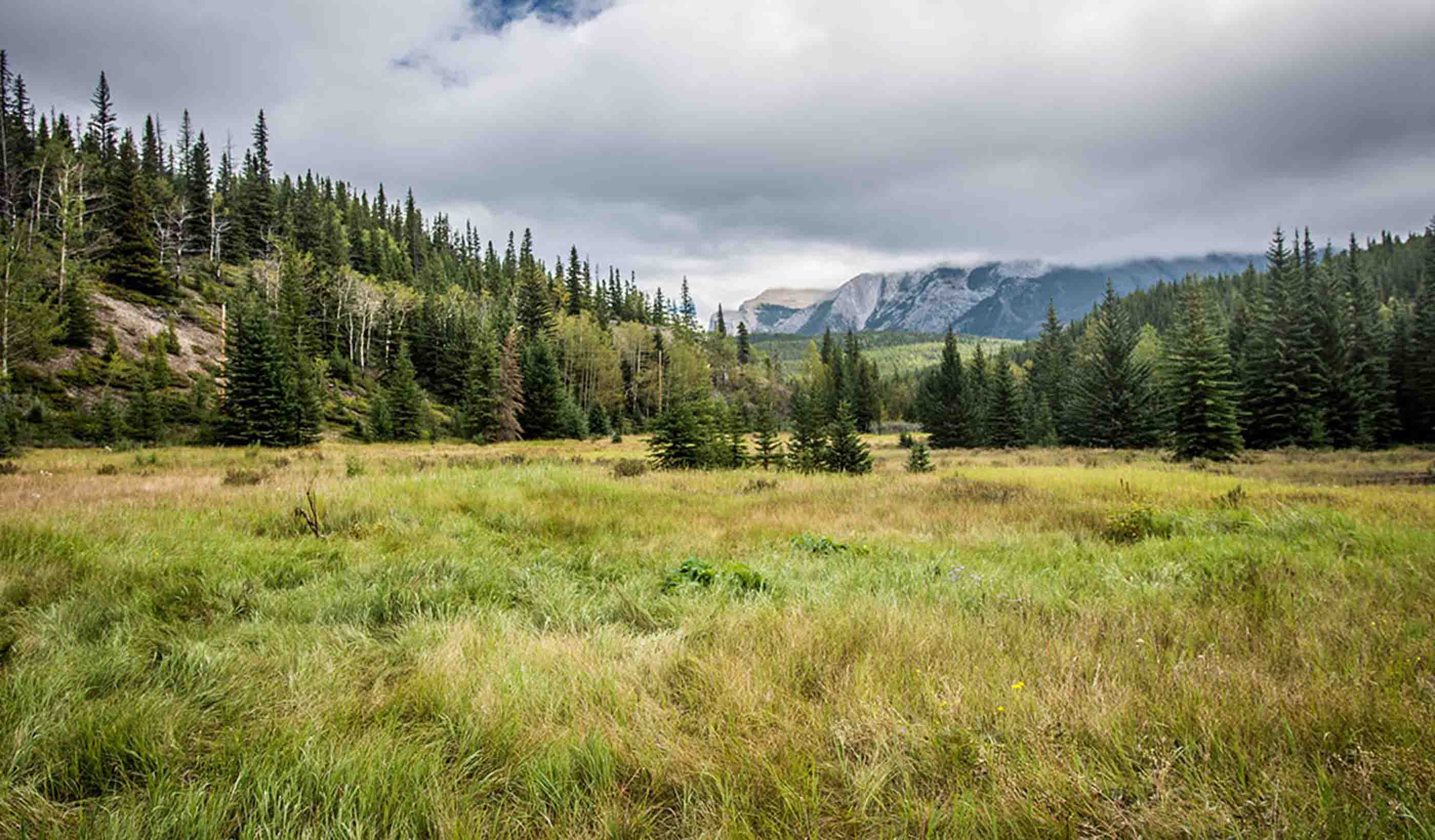

Learn More
Carbon in plants
Remote sensing—via planes, drones, and satellites—offers a quicker, less costly way to count the benefits of carbon sequestration.
Carbon Sequestration and Remote Monitoring
N/A

Mining companies can remove carbon from the atmosphere through carbon sinks or sequestration. Natural resource-based industries can utilize their large swaths of land for storing carbon in both plants and soil. Remote sensing—via planes, drones, and satellites—offers a quick way to measure carbon sequestration in vegetation.
Remove carbon
Blog
Digital Tool


Learn More
Mineral Type: Copper
The proposed mine could supply up to 25% of annual US copper demand. Copper is required to produce electric vehicles, batteries, solar panels, and wind turbines.
Feasibility study for Resolution Copper
United States







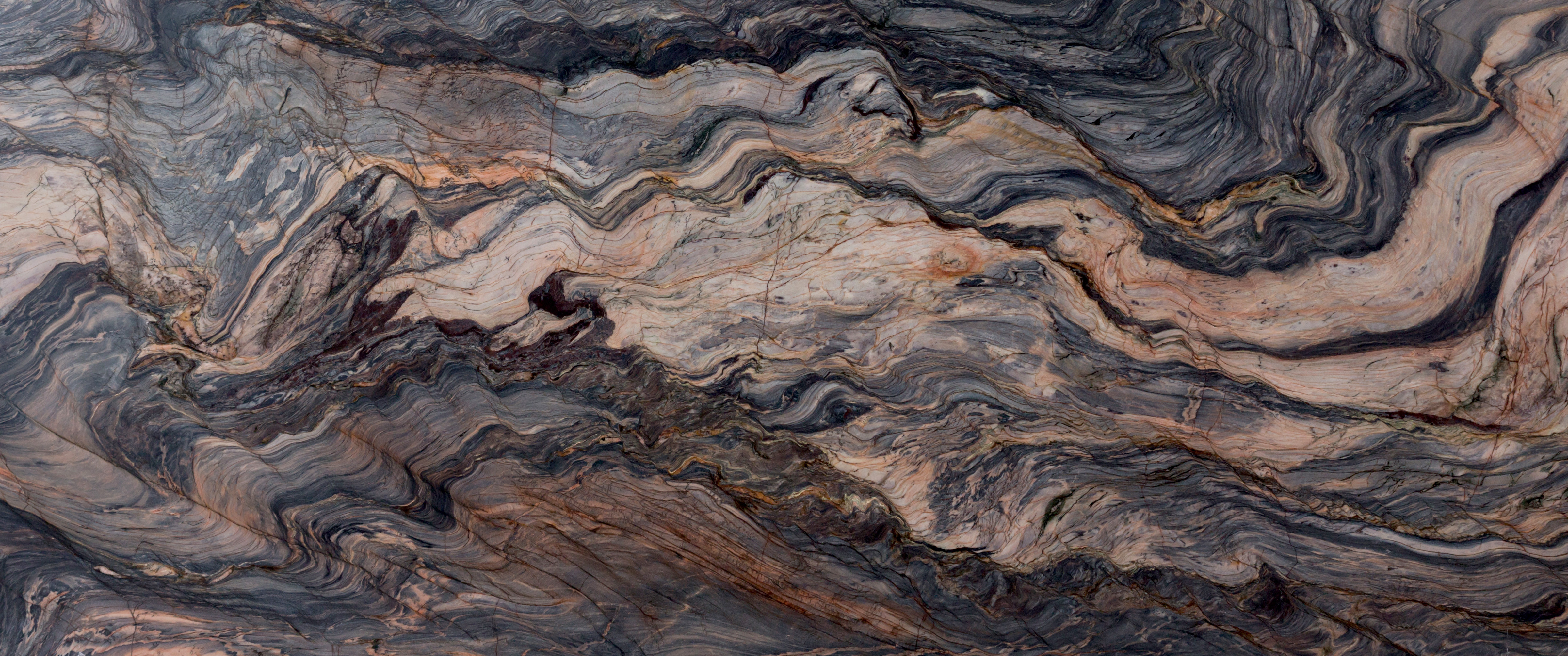
Learn More


Learn More
Carbon in soil
Analyzing options for carbon sequestration through vegetation and soil in Western Australia.�
Carbon Sequestration Potential
N/A

Blog
Australia







Ready
Reduce
Replace
Remove























